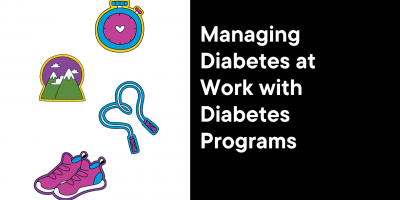
Does Your Insurance Cover Freezing Eggs?
Explore women’s options for covering the cost of egg freezing with insurance, including financial assistance programs that may help cover expenses.

Care is an essential factor in the child’s physical and emotional development, especially during the formative years. The environment in which the child is nurtured creates positive and negative predispositions in later adulthood. Therefore, we collected the most prominent data on the subject:



Browse our curated list of vendors to find the best solution for your needs.
Subscribe to our newsletter for the latest trends, expert tips, and workplace insights!

Explore women’s options for covering the cost of egg freezing with insurance, including financial assistance programs that may help cover expenses.

Explore egg-freezing statistics and trends that offer valuable insights into the dynamic landscape of fertility preservation.

These vital men’s health statistics depict the importance of addressing men’s health issues and promoting holistic approaches to men’s healthcare.

Projections suggest that diabetes could affect one out of every three Americans by 2050. Can diabetes programs help?
Used by most of the top employee benefits consultants in the US, Shortlister is where you can find, research and select HR and benefits vendors for your clients.
Shortlister helps you reach your ideal prospects. Claim your free account to control your message and receive employer, consultant and health plan leads.